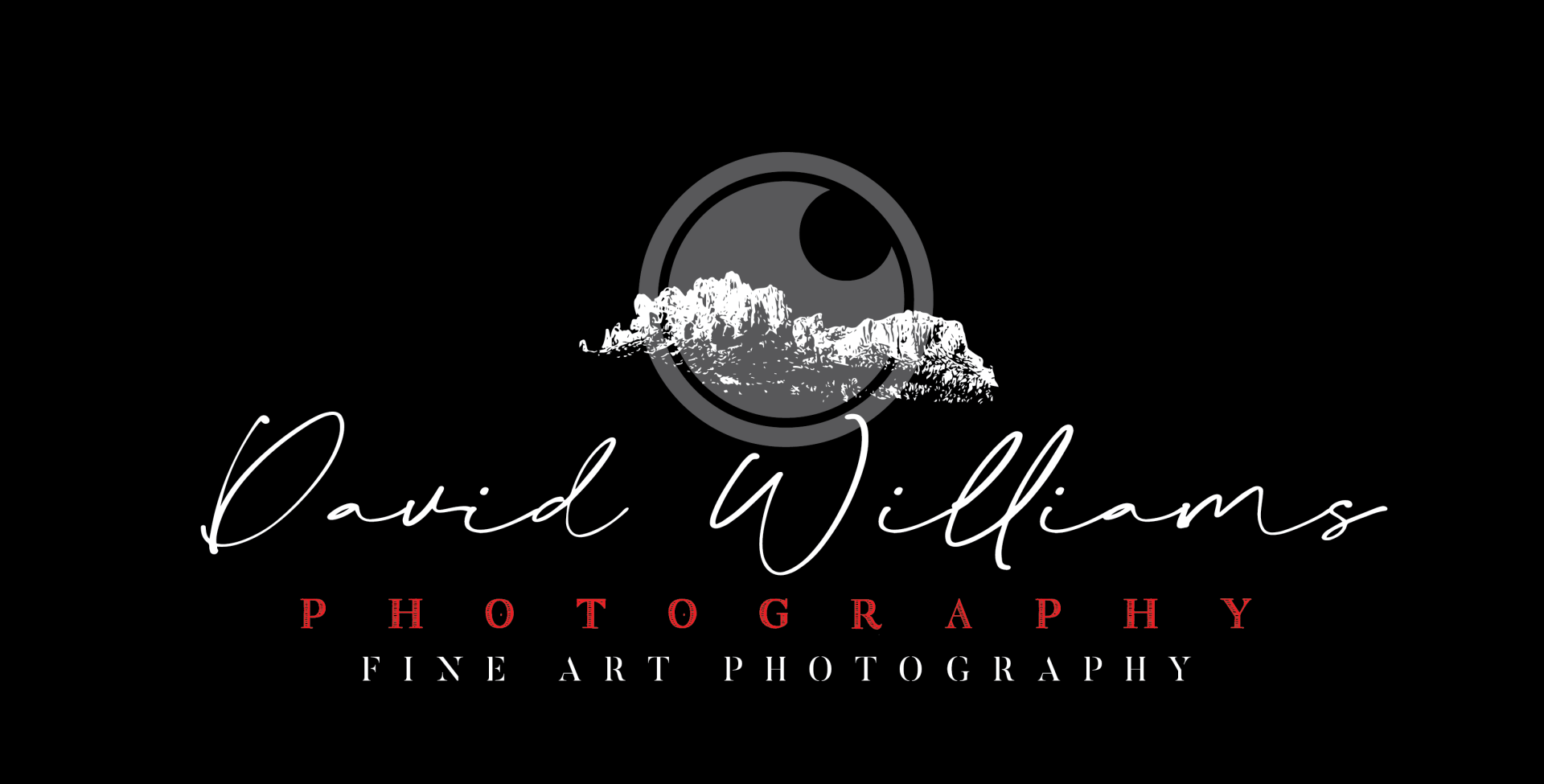3 Secrets to Photographing the Bisti Badlands of New Mexico
How to Photograph the Bisti Badlands in New Mexico

Sunrise over the Bisti Badlands of New Mexico - Available as fine art print or editorial licensing
The Bisti Badlands just outside of Farmington New Mexico is a wonderful location for Landscape Photographers with a wide array of photographic opportunities. However, the area is extremely tricky and cell coverage can be spotty, so follow these 3 tips to ensure your safety as well as snagging some incredible landscape photos.
#1, Prepare for your safety, seriously.
This place is like the twilight zone and it's amazing how easy it is to get turned around. In fact, I rescued a photographer on my way back to the car that had become disoriented. He had lost cell coverage and his manual compass had pointed him in the basic general direction, but I drove him around for 20 minutes before we spotted his car.
I suggest the following: Mark the location of your car on your phone. Bring a manual compass and make note of the numerical heading as you start out, checking it from time to time. Once you get a few hundred feet from your car, turn around and line your car up with a mountain peak or something in the distance behind your car, so you can navigate back. When returning, subtract180 degrees from your starting compass heading, and it will send you back in the direction of your car. I use a Garmin 66i which hooks to the Iridium satellite and has with no black out areas on earth, and I still saw the compass jumping around. It reminded me of the Bermuda Triangle. I would also take plenty of food and water, and of course a headlamp in case you are coming back after dark.
#2, Always know where the sun will rise or set.
I use the PhotoPills app on my phone which you can purchase for $10. Open the app and push the "Sun" button in the upper right corner, then touch the "AR" button at the very bottom center of the screen. Hold your phone up towards the sky and the app will tell you exactly where and when the sun hits the horizon. I composed my images in the afternoon knowing exactly where the sun would set.
#3, Getting the Shot.
Bring a wide array of lenses. I shot mostly with a 24-70mm lens but be prepared to do some isolating with a longer lens. Some of the hoodoos are smaller and you'll find yourself getting very close to the subject, so focus stacking may be necessary. I found the area to be so diverse that images can look a bit cluttered if you are using a 14-24mm, so I leaned more toward isolating the hoodoos against a colorful sky at sunset. If you are into astrophotography, this is the perfect place because you can get down low and shoot upwards to include the night sky. Take a sturdy tripod, this is no time to be hand holding the camera, especially if you are doing time blending or exposure blending, etc.
There are a series of large washes through the Badlands and you can use them to get into the general areas you want to explore, saving you much time. Study the topo maps, google maps etc., and do your homework before you go, it will be helpful. The Badlands only receive about 3,000 visitors a year so that equates to roughly 8 people per day. It's still a wonderful secret.
Good Luck and Good Light to you.
About David Williams Photography | PPA Master Photographer specializing in African wildlife, indigenous culture, American Southwest landscapes, and LDS Temple fine art prints.
See my work at:
https://www.davidwilliamsphotography.com
https://davidwilliams.photoshelter.com/index
https://www.facebook.com/profile.php?id=1657414100
https://www.instagram.com/david_williams_photography_/
